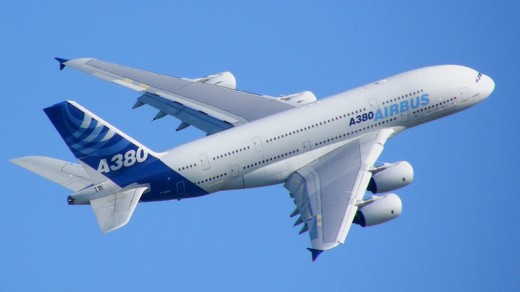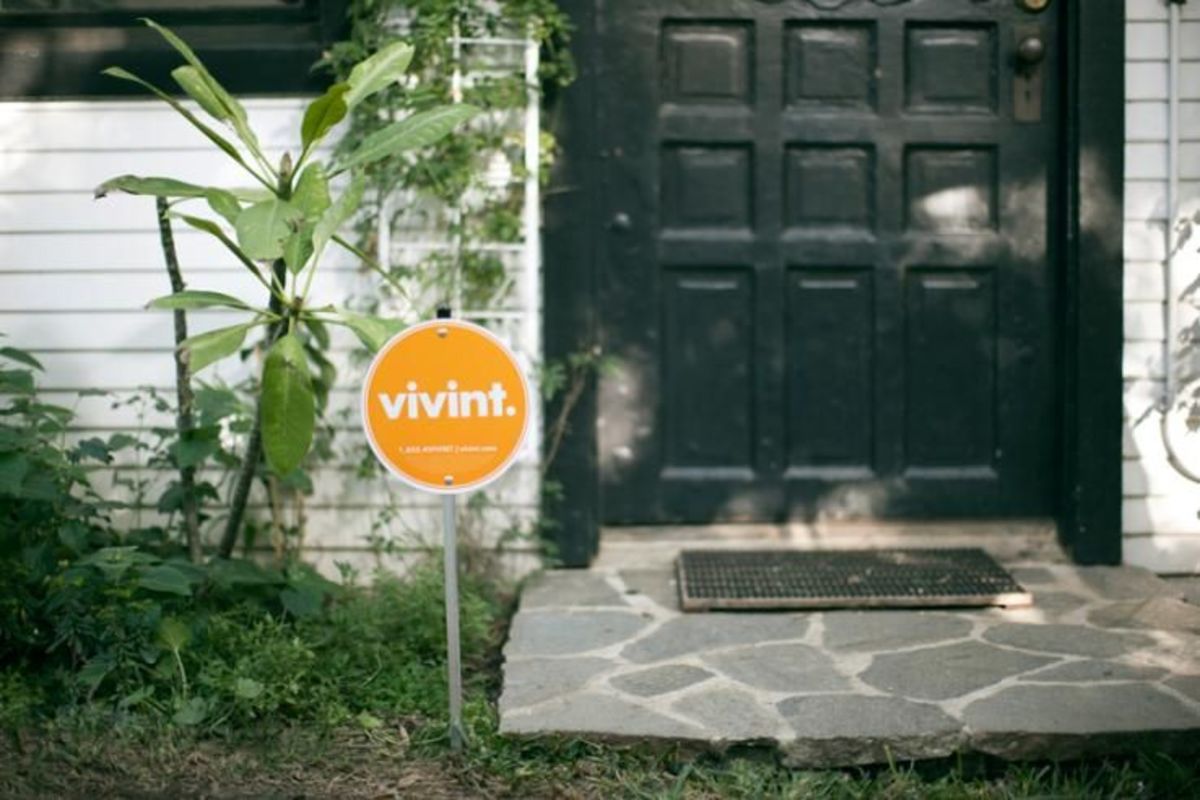How Did 9/11 Affect Airport Security

Airplanes were once known as the most convenient and safest way to travel, however millions of Americans were tested as a result of the 9/11 attacks involving airplanes. The attacks which occurred on that dreadful day left individuals all over the country wondering how these individuals could walk onto an airplane and do exactly what they did. As a result, there have been some major changes at airports to ensure flier safety.
Heightened Security
Security means were heightened to extreme search methods which include body searches, pat downs and more thorough searching of luggage. The security guards also have the right after 9/11 to require multiple forms of identification to verify you are who you say you are. Individuals without airplane tickets are no longer allowed to go up to the gate, and are required to remain in lobbies before security areas. Security measures were extended as a result of 9/11 in order to prevent future terrorist attacks on the country.
Strict Carry-On Policies
Carry-on products are limited to a specific size and number of items. For example, liquids are allowed on the plane through carry-on, however the liquid container must be less than 3.4 oz. (100 ml) and needs to be sealed. You must place all liquids into a clear zip-top bag within your luggage; only one zip-top bag per person. These rules were enforced heavily after 9/11, as a test conducted by TSA and security measures determined that a high volume of liquids, gels or aerosols can be explosive and harmful to passengers.
Made Flying Less Convenient
Flying was once viewed as a convenient way to travel. After 9/11 the processing time per person to transfer from the entrance of the airport, through security, to waiting and onto the airplane has increased to a process that can take well over two hours to complete. This is a burden to some individuals who are trying to accomplish a quick flight without the hassle.
Less Travelers on Airplanes
Fewer individuals choose airplanes as their method of transportation. More individuals are choosing their own personal vehicles, buses or taxis to transport them from location to location. This may be caused by an overall fear of airplanes due to the 9/11 attacks or the heightened security as a result of the 9/11 attacks.



